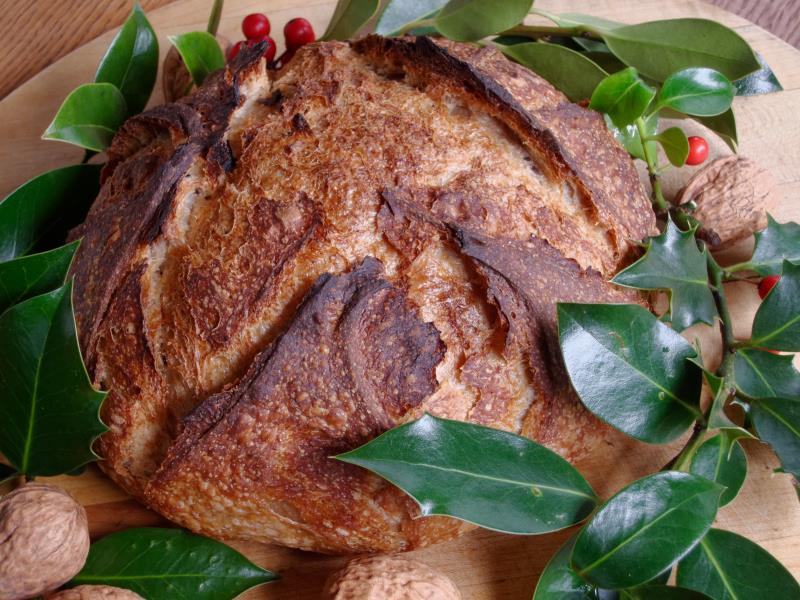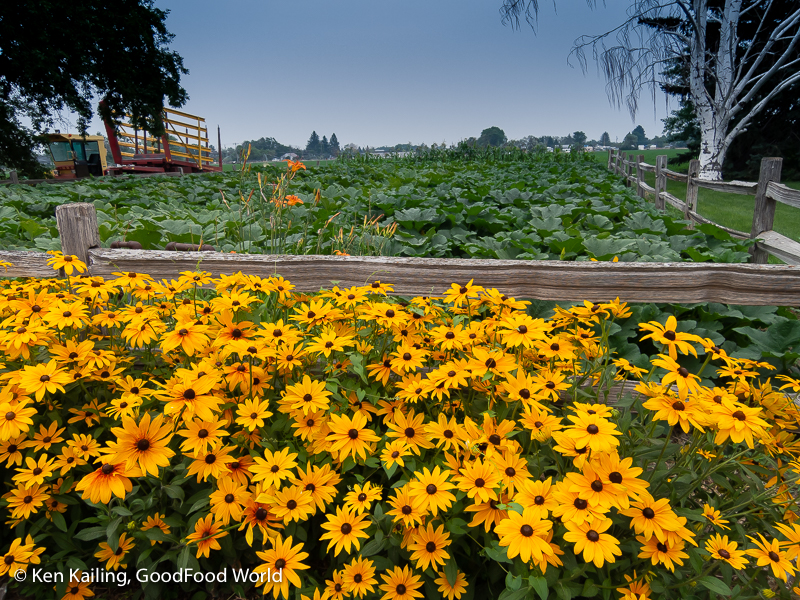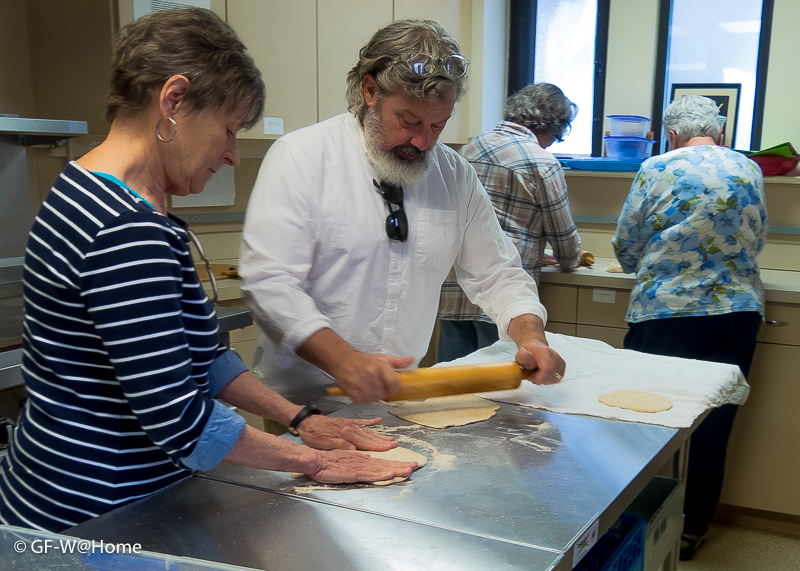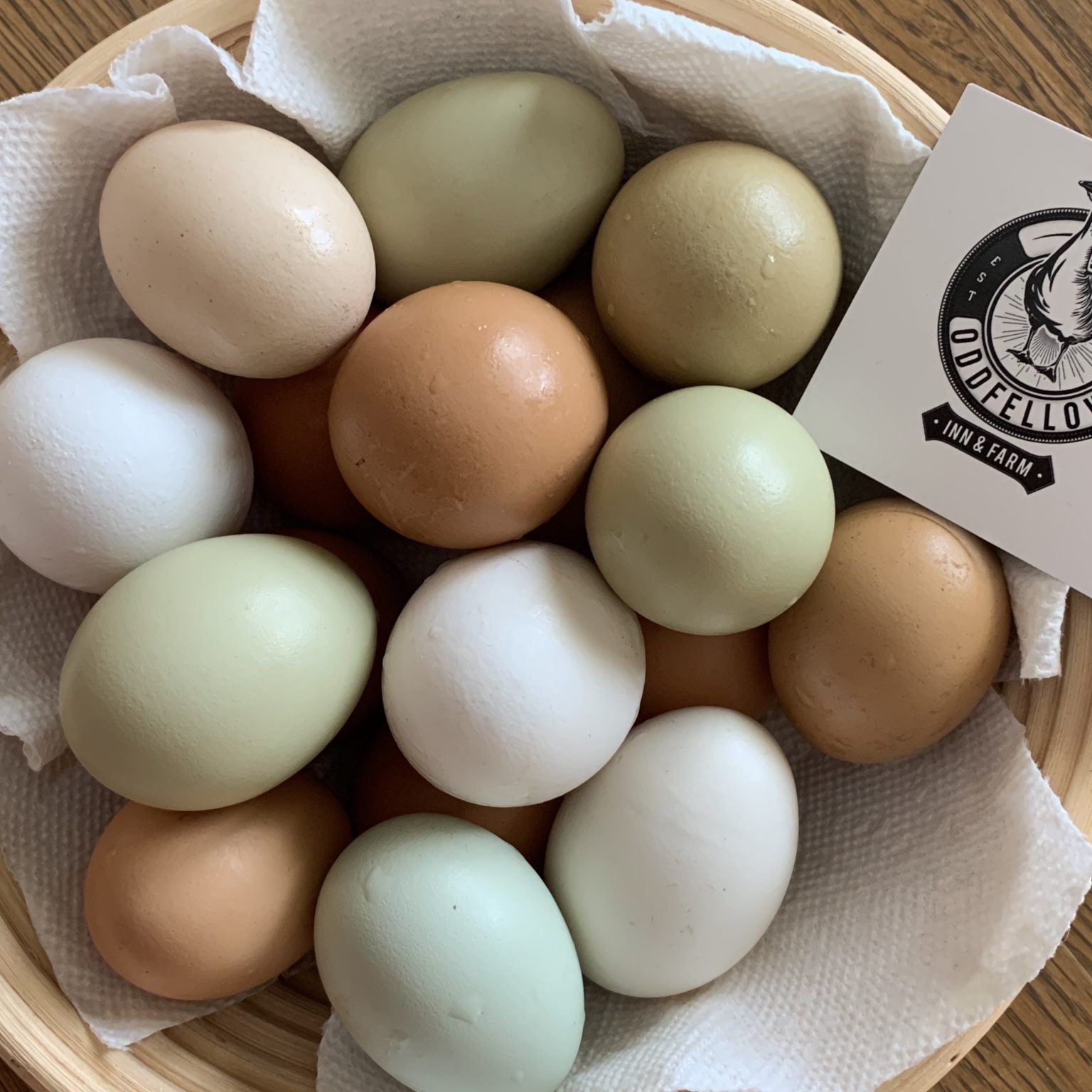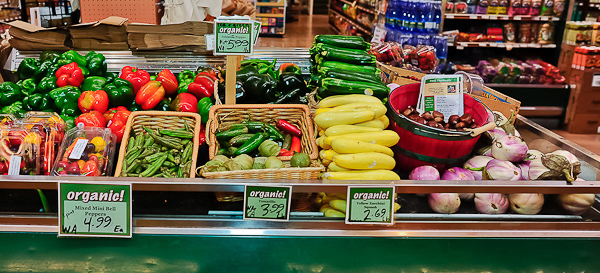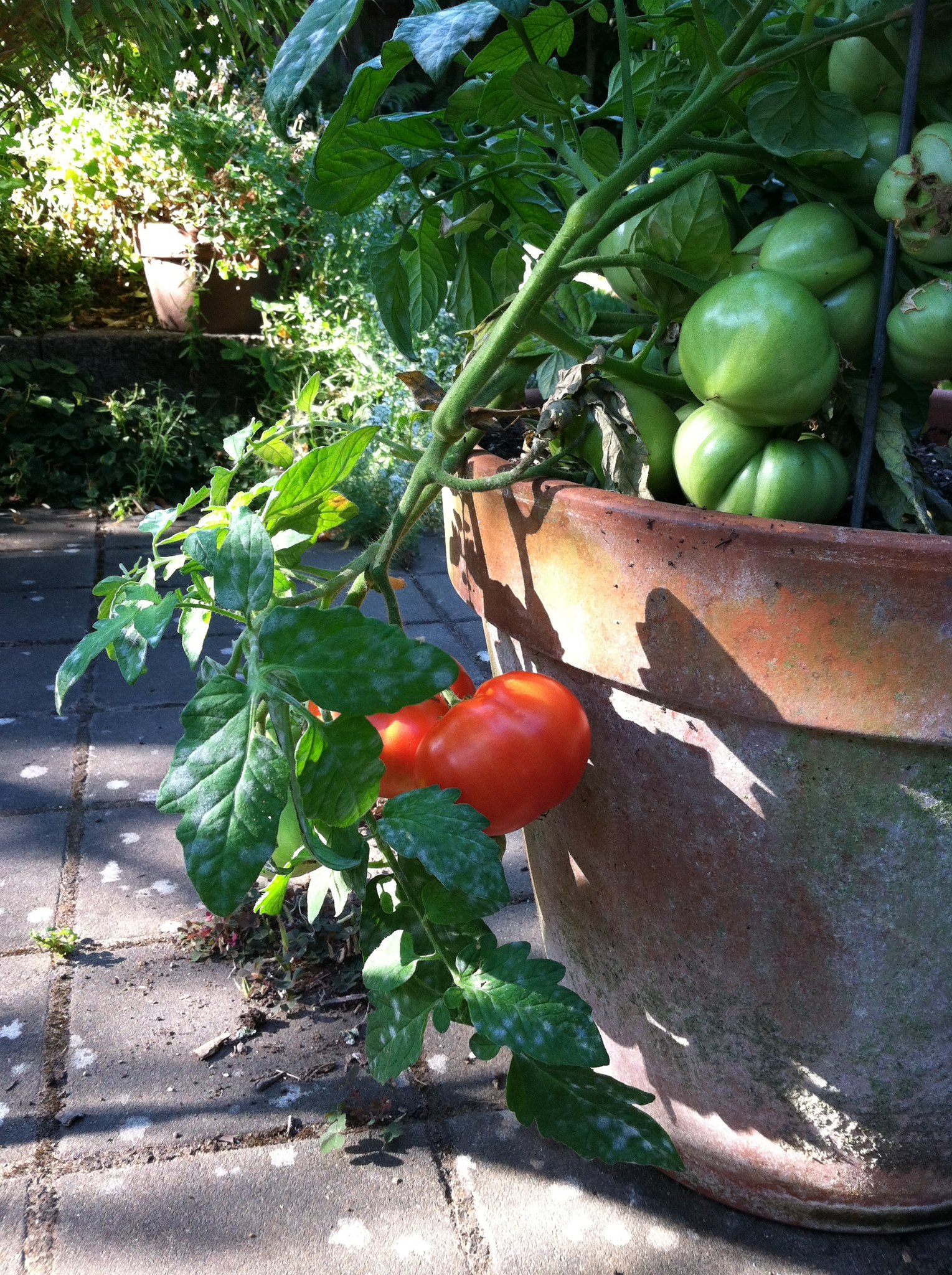Category: Farmers
Give Us This Day Our Daily Bread…
Bread was truly the “staff of life” for both the peasant and the nobleman for centuries. In the Middle Ages, for example, a majority of the population – mostly peasants – ate 2 to 3 pounds of bread a day. Today, even with government recommendations of 6 to 8 ounces of “grain equivalents” a day, most Americans are eating about half as much bread as they did just 40 years ago.
Johnson’s Nursery and Gardens
If you were to eat a dinner consisting only of Montana’s top agricultural products, here’s what you’d have in front of you: steak, a potato (no butter or sour cream, sorry), a big piece of bread, a cold glass of beer, and a piece of black cherry pie. What happened to that salad or side serving of veggies?
Back to the Future: Spelt in its Place
What do farmers in Montana’s Golden Triangle today and those living in the Fertile Crescent nearly 3000 years ago have in common? Dry climate, grasslands, …
Eggs, Eggs, Eggs! Beautiful Eggs!
During the height of the Pandemic, we were able to get these gorgeous eggs from Oddfellow Inn and Farm – delivered!! It was such fun to scoop the carton from front porch, open it with great anticipation, and see a rainbow of colors: pale green, khaki green, cream, brown, and white.
Here’s how Sarah did it – a DIY buying club
2019 ApplePalooza: 1720 pounds of apples, 43 cartons to share, and 60-some of your closest friends: a do-it-yourself buying club. Here’s how Sarah Oien Page did it.
Eat Well, Be Well: What We Eat and Who Supplies It
Supermarkets and big box stores offer nearly 50,000 – or more – products for us to choose from to feed ourselves and our families. A nation-wide analysis of U.S. grocery purchases revealed that highly processed foods make up more than 60 percent of the calories in food we buy, and these items tend to have more fat, sugar and salt than less-processed foods.
If we don’t understand the high cost of bad food – to ourselves, our families, our communities, and our economy – we will see life expectancy shorten, chronic diseases increase, and healthcare costs continue to spiral. Selecting locally grown and minimally processed food items – good food – can mean more healthful and nutritious food on your plate.
Good food in the time of climate change…
Just imagine – what if we could no longer import our food? Or bring it in from the “produce corridor” that extends from Mexico to British Columbia up and down Interstate 5? Or even get it from neighboring states or provinces? What we thought was science fiction, is turning out to be fact!

